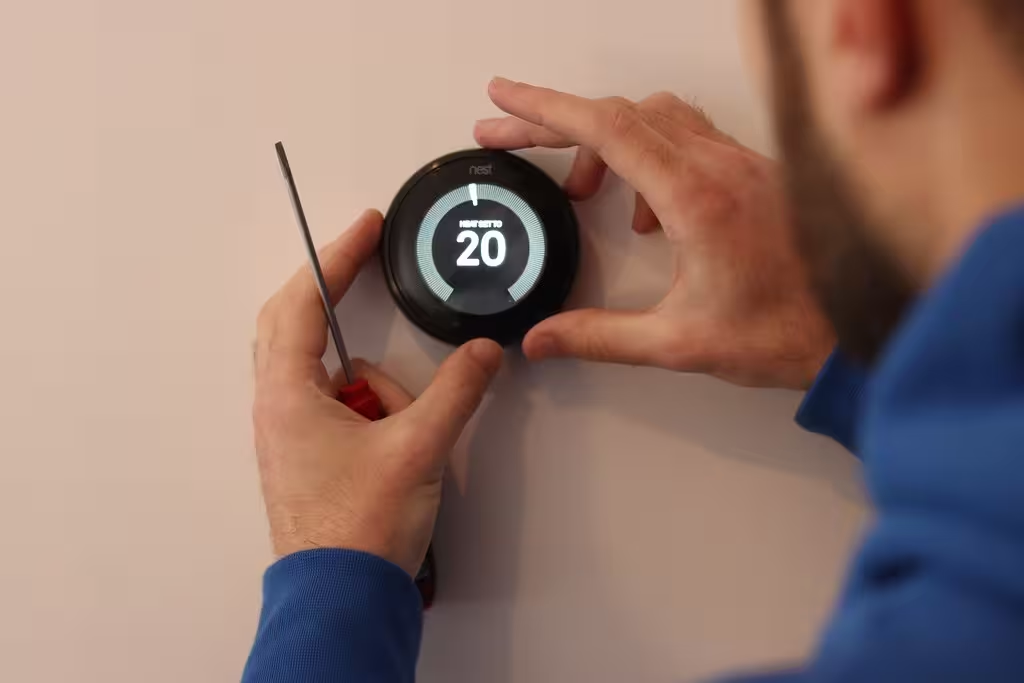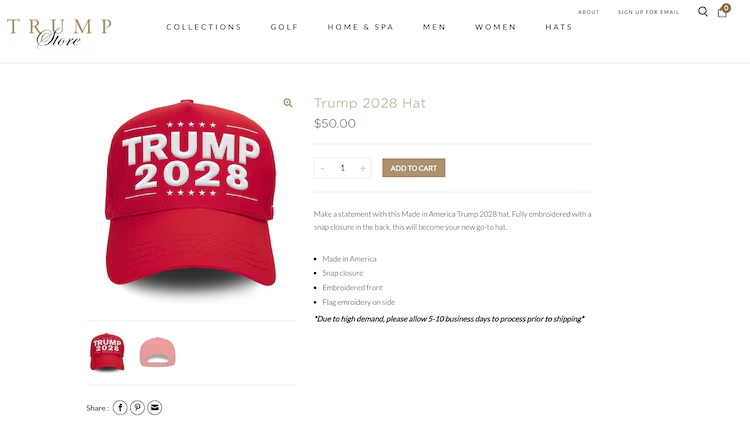Google is Killing Software Support for Early Nest Thermostats
In a move that feels both inevitable and bittersweet, Google has announced it will end software support for the first- and second-generation Nest Learning Thermostats this October. Released in 2011 and 2012, these devices once stood as shining examples of smart home innovation. Now, they find themselves gradually dimming, as Google’s strategic focus shifts and the market’s demands evolve.
Come October 25, 2025, the early Nest thermostats will lose their ability to connect with mobile devices and Google Assistant. Although users can still manually adjust settings on the thermostat itself, the magic of remote control will vanish like mist at sunrise.
A Farewell to Remote Control
The early Nest Learning Thermostat became a household name because it offered something groundbreaking—climate control from your smartphone. With a simple tap, users could adjust temperatures from across the room or across the country.
After October 25, this remote connectivity will be no more. The devices, though still operational locally, will stand isolated from the vast web of smart devices that once gave them life.
As Google stated in its blog post:
“You will no longer be able to control them remotely from your phone or with Google Assistant, but can still adjust the temperature and modify schedules directly on the thermostat.”
It’s a quiet sunset for a revolutionary product that helped define smart living in the 2010s.
Europe Bids Adieu to Nest
In an equally seismic move, Google is pulling Nest thermostats out of Europe entirely. Citing “unique heating challenges” across European homes, Google confessed that the diversity of hardware and software systems in the region simply made it too complex to support.
“Heating systems in Europe are unique and have a variety of hardware and software requirements that make it challenging to build for the diverse set of homes,” the company explained.
The Nest Learning Thermostat (3rd Gen, 2015) and Nest Thermostat E (2018) will still be available in Europe—but only until supplies run out. No new models will follow.
For American consumers, this retreat may seem distant. Yet it echoes a broader concern: the delicate balance between innovation and sustainability in the ever-accelerating world of smart devices.
What This Means for Loyal Nest Users
For many homeowners who embraced Nest’s promise, the news feels like a betrayal. Early adopters invested not just money, but trust in a product that symbolized the future. Now, the remote features that once made Nest revolutionary are being stripped away.
To cushion the blow, Google is offering substantial discounts:
- $130 off the fourth-generation Nest Learning Thermostat in the U.S.
- $160 off in Canada
- 50% off the Tado Smart Thermostat X in Europe
Still, the pain runs deeper than a discount can heal. It highlights an uncomfortable truth: Smart home devices are only as smart as the companies willing to keep them alive.
Is 14 Years a Fair Lifespan?
From one angle, 14 years of support seems generous in a world where smartphones barely last five. According to Statista, the average lifespan of a smartphone is 2.5 years. Laptops? About 4–6 years. Viewed through this lens, Nest’s near-decade-and-a-half run seems almost noble.
Yet the idea that a smart device can simply become “dumb” because a company pulls the plug unsettles many. The early Nest Learning Thermostats will remain functional offline—a mercy not always afforded to newer devices, which increasingly require cloud-based validation.
Still, customers bought into a vision of the future—a networked world where their homes could listen, learn, and adapt. Losing remote control feels like losing part of that dream.
What About the Newer Nest Thermostats?
If you’re lucky enough to own a recent Nest Thermostat, there’s a glimmer of hope. Google revealed plans to allow schedule creation and adjustment through the Google Home app later this year.
This long-requested feature brings a breath of fresh air to a landscape increasingly clouded by sunsetting devices. For now, newer Nest users can exhale, knowing their investment remains secure—at least for a little longer.
A Flashback: Nest’s Origins
The story of Nest begins not under Google’s sprawling umbrella but with a dream sparked by Tony Fadell, the famed “father of the iPod.” In 2011, Fadell envisioned a thermostat that could learn, adapt, and help families save energy without sacrificing comfort.
The first Nest Learning Thermostat was sleek, smart, and stunning. It learned users’ habits, adjusted settings intuitively, and offered control from anywhere. It was a revolution.
Google recognized its brilliance and bought Nest Labs in 2014 for $3.2 billion. The acquisition marked one of Google’s first deep dives into the hardware space—and helped ignite the smart home boom.
The Growing Problem of “Smart Device Decay”
The looming obsolescence of early Nest models shines a spotlight on a broader, darker trend: planned obsolescence in smart devices. As companies push updates and evolve ecosystems, earlier models often get left behind—sometimes rapidly.
Consumers face a dilemma: Upgrade or fall behind.
This cycle raises essential questions:
- Should companies open source legacy software when support ends?
- Should consumers expect devices to last as long as traditional appliances, like 20-year-old thermostats?
- How do we balance progress with sustainability?
Google’s decision not to open source the early Nest software closes the door on potential community-driven support, leaving users with few options.
Final Thoughts: A Changing Smart Home Landscape
The sun may be setting on the first- and second-generation Nest Learning Thermostats, but their legacy endures. They taught millions to think differently about their homes—to see comfort as dynamic, adaptable, and intelligent.
As we look toward a future filled with even smarter, more integrated homes, the story of Nest reminds us: technology should enhance life without abandoning loyalty.
Consumers now stand wiser, warier, and perhaps a little more nostalgic. The lesson lingers: in the ever-accelerating race for innovation, the devices we love may eventually be left behind—but the trust they built should never be.









Leave a Reply